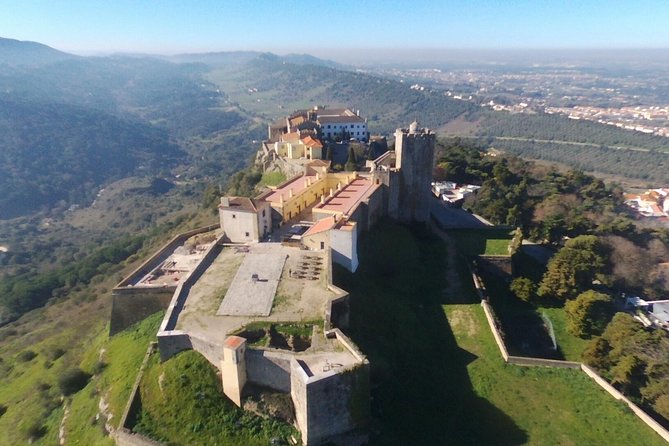
Lisbon Private Tour
This tour is perfect for those who want to get acquanted with the city and its successive changes, with the leggacy of the different civilizations from the Romans to the Arabs, and the inovative urban layout after the great earthquake of 1755.
Lisbon is considered by many to be one of the most spectacular European cities, where the perfume of its “designer” shops mixes with its the human warmth..
Getting to know this city with us is traveling back in time, in a comfortable way, with something to discover in every corner, like its delicacies, where the Pastel de Belem reigns supreme.
Options
Lisbon Private Tour
Pickup included
What's included in Lisbon Private Tour
(Subject to Option Inclusions)Itinerary
Parque Das Nacoes
Just fifteen days after the end of Expo 98 (World Expo), the “Parque das Nações” with an area of 330 hectares was born in the same place. With an intense urban rehabilitation in the following years, where formerly there were refineries, warehouses, open dumps and slaughterhouses, became the noblest area of Lisbon, with a modern construction, with a direct connection to the train and Metro that greatly simplified the trips to the center of Lisbon. With the end of the Expo the cultural and business spaces that had been used in the Expo, such as; the Atlantic Pavilion (now the Meo Arena), the Oceanarium, the Vasco da Gama Tower, the Camoes Theater and the Lisbon pavilions and the Lisbon International Fair (FIL), among others. An authentic success since the eastern part of the city thus gained a new neighborhood with a population mostly of the upper-middle class and, according to the data provided by the municipality, it is also the youngest and with more schooling.
Alfama
Alfama, the oldest Lisbon quarter, this old Medina with small rows and alleys, a perfect defensive system during the Arabah period in Portugal from the 8th to the 12th century, after the Christian reconquest the Arab civilization that lived here were moved to the “Mouraria” neighborhood. Discover Alfama is plunged in the Portuguese authenticity, Fado, the most typical and charismatic Portuguese music, was born in this pour neighborhood in the midst of this melancholy of the Portuguese whom they called “saudade”.
Lisbon Cathedral
The Saint Antony’s church, built at the exact place where Saint Antony was born near by theres the Lisbon Cathedral, the construction was responsibility of D. Afonso Henriques (first King of Portugal) in the 12th century when the city was conquered by the Moors. The site was the site where an ancient mosque already existed. earthquakes felt in Lisbon having been remodeled over the years in order to present itself as it is today.
Inclusions
- Private transportation
- Bottled water
- Driver/guide
- Personal accidents insurance
- Transport by private vehicle
- Lunch
- Gratuities
- Admission Fees
- Wheelchair accessible
- Specialized infant seats are available
- Infants and small children can ride in a pram or stroller
- Public transportation options are available nearby
- Suitable for all physical fitness levels
Meet
Pickup and Dropoff
Choose to be picked up from a list of locations
Additional Information
Client's hotel or other meeting point






